Are you tired of dealing with acne and searching for natural remedies to help clear up your skin? Look no further because we have the perfect solution for you – aloe Vera for acne! Aloe Vera is not your ordinary plant; it’s nature’s magical potion for your skin. Packed with vitamins, minerals, and enzymes, this incredible gel-like substance works wonders on stubborn blemishes. Bid farewell to redness and inflammation as aloe Vera soothes and calms irritated skin like a pro. What’s more, its antimicrobial properties combat the bacteria that cause acne in the first place! Why bother with harsh chemicals when Mother Nature has blessed us with such an amazing solution? Once you experience the power of aloe Vera for acne, you’ll wonder how you ever lived without it!
Understanding Acne and Its Causes:
Acne is a common skin condition that affects millions of people worldwide. It occurs when hair follicles become clogged with oil, dead skin cells, and bacteria, leading to the formation of pimples, blackheads, and whiteheads. Acne can appear on various parts of the body, including the face, neck, chest, back, and shoulders.
The causes of acne are multifactorial and can vary from person to person. Hormonal changes during puberty, menstrual cycles, and pregnancy often contribute to the development of acne. Excessive sebum production, which is influenced by hormones, can clog pores and lead to acne formation. Other factors such as genetics, stress, certain medications, and an unhealthy diet can also play a role in acne development.
Different Types of Acne
Certainly! Acne is a common skin condition that can manifest in various forms. Here are the different types of acne:
Whiteheads: These are small, flesh-colored or white bumps that form when hair follicles become clogged with oil and dead skin cells.
Blackheads: Similar to whiteheads, blackheads are also clogged hair follicles, but they have a dark appearance due to the oxidation of the trapped sebum.
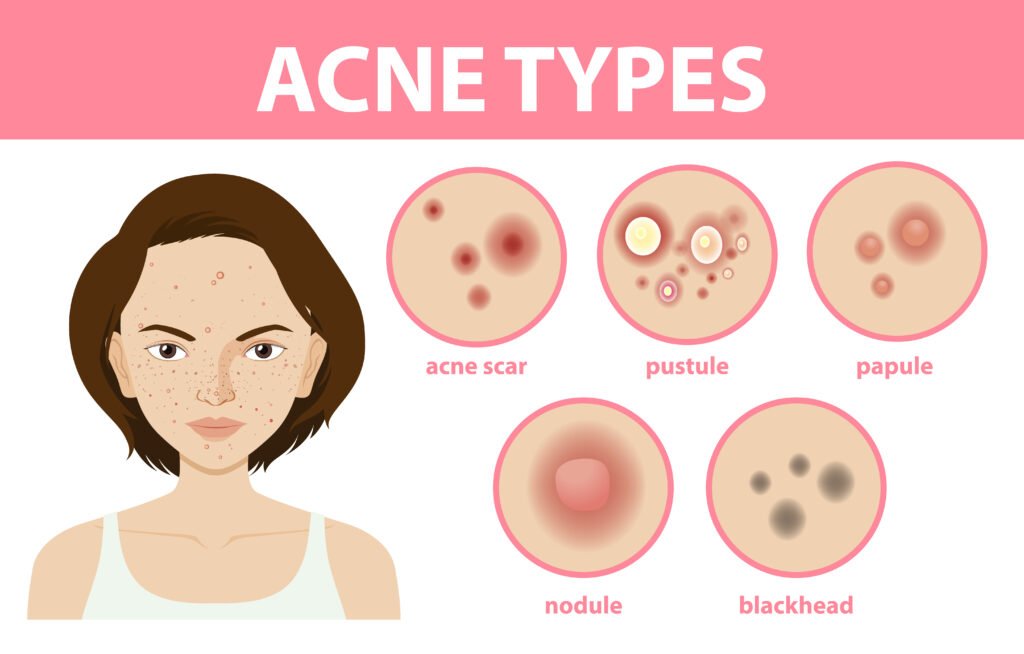
Papules: Papules are small, red, and raised bumps on the skin caused by inflammation of the hair follicles.
Pustules: These are similar to papules but filled with pus, appearing as white or yellow bumps with a red base.
Nodules: Nodules are large, solid, and painful lumps that develop deep within the skin due to the buildup of bacteria, oil, and dead skin cells.
Cysts: Cysts are painful, pus-filled lumps that can be quite large and are often a result of severe acne. They can lead to scarring if not treated properly.
Comedones: Comedones are a broad term for both whiteheads and blackheads, which are the initial non-inflammatory stage of acne.
It’s important to identify the type of acne you have to determine the most suitable treatment approach and prevent further skin complications. Always consult a dermatologist for proper diagnosis and personalized skincare recommendations.
Why Choose Natural Remedies for Acne Treatment
When it comes to treating acne, many individuals opt for natural remedies due to several compelling reasons. Natural remedies offer several benefits that make them an attractive choice for those seeking an alternative to conventional acne treatments:
Reduced risk of side effects: Natural remedies typically have a lower risk of adverse effects compared to medications that may contain harsh chemicals. This makes them suitable for individuals with sensitive skin or those concerned about the potential risks associated with conventional treatments.
Gentler on the skin: Natural remedies often work in harmony with the skin’s natural processes, promoting healing and nourishment without causing excessive dryness or irritation. They tend to have soothing and calming properties, making them suitable for various skin types.
Availability and affordability: Many natural remedies for acne can be easily found in households or local stores. They are often cost-effective compared to prescription medications or dermatological procedures, making them accessible to a wide range of individuals.
The Science behind Aloe Vera’s Effectiveness
Aloe Vera is a natural plant with a long history of medicinal use, particularly for skin-related issues such as acne. The effectiveness of aloe Vera in treating acne can be attributed to its various scientifically studied properties:
Anti-inflammatory effects: Acne is often accompanied by inflammation, and aloe vera contains compounds like salicylic acid and brady kinase, which help reduce inflammation. This can lead to a reduction in redness and swelling associated with acne.
Antimicrobial properties: Aloe vera contains several antimicrobial compounds, such as anthraquinones and polysaccharides, that can combat acne-causing bacteria like Propionibacterium acnes. By inhibiting bacterial growth, aloe vera may help prevent the formation of acne lesions.
Wound healing and tissue repair: Aloe vera is known for its ability to promote wound healing. It contains polysaccharides, vitamins, and minerals that can aid in tissue regeneration and repair damaged skin caused by acne. This can potentially help in reducing acne scarring.
Moisturizing and soothing effects: Aloe vera has hydrating properties and can help moisturize the skin without clogging pores. It also has a cooling and soothing effect on the skin, which can provide relief from inflammation and irritation caused by acne.
While aloe Vera can be beneficial for many individuals with acne, it’s important to note that its effectiveness may vary from person to person. It is recommended to conduct a patch test and consult with a dermatologist before incorporating aloe Vera into your acne treatment routine.
Aloe Vera Remedies for Different Types of Acne
Aloe Vera Gel for Inflammatory Acne: Apply a thin layer of aloe Vera gel to reduce redness and inflammation associated with inflammatory acne. Leave it on for 20 minutes before rinsing off with water. Repeat twice a day for soothing effects.
Aloe Vera Masks for Cystic Acne: Mix aloe Vera gel with a small amount of tea tree oil, known for its antibacterial properties. Apply the mixture as a mask to cystic acne areas for 15-20 minutes. Rinse off with water to help reduce inflammation and promote healing. Use once or twice a week.
Aloe Vera Spot Treatment for Hormonal Acne: Apply a small amount of pure aloe Vera gel directly to hormonal acne spots. Leave it on overnight and rinse off in the morning. The anti-inflammatory and antibacterial properties of aloe Vera can aid in reducing swelling and promoting healing.
Aloe Vera Toners and Cleansers for Mild Acne: Create a toner by mixing equal parts of aloe Vera gel and water. Apply the toner to the face with a cotton pad after cleansing to balance pH and reduce excess oil. Mix aloe vera gel with a gentle cleanser to create a mild cleanser. Use the cleanser daily to maintain clear and healthy skin.
Patch test aloe Vera before use and discontinue if irritation occurs. It can be used alongside other acne treatments or as a standalone natural solution based on individual preferences.
Aloe Vera Complementary Ingredients for Enhanced Results
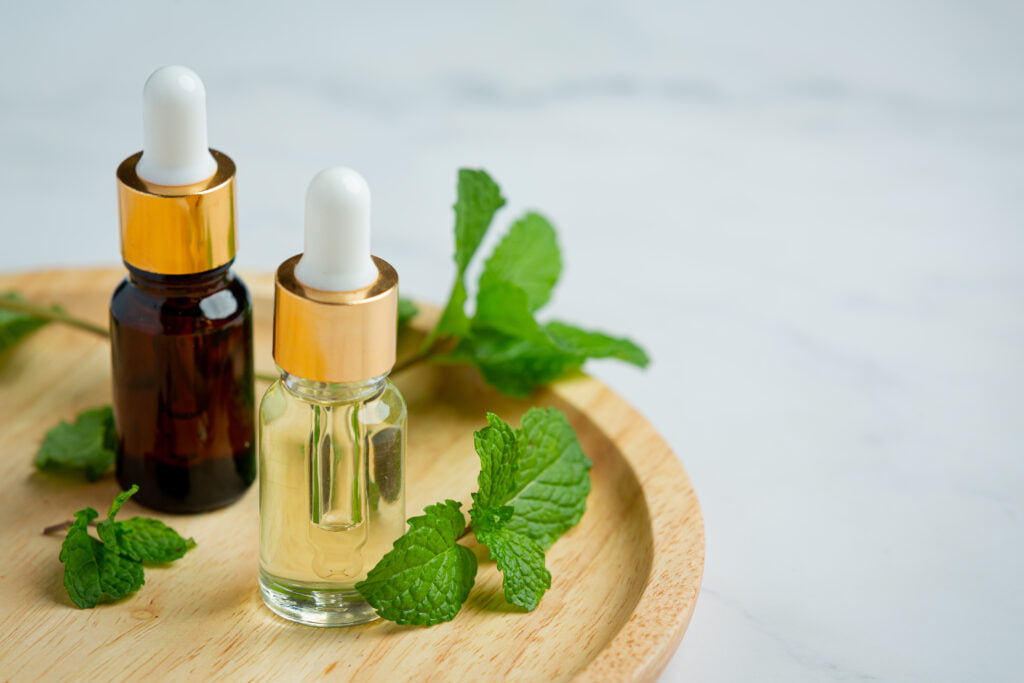
1.Tea Tree Oil and Aloe Vera:
A Powerful Combination for Acne Combining tea tree oil with aloe vera creates a potent blend for treating acne:
- Mix a few drops of tea tree oil with aloe Vera gel.
- Apply the mixture to acne-prone areas, focusing on active breakouts.
- Tea tree oil has strong antimicrobial properties that help combat acne-causing bacteria, while aloe Vera soothes and reduces inflammation.
- Use this combination once a day, preferably in the evening, and adjust the ratio of tea tree oil to aloe vera based on skin sensitivity.
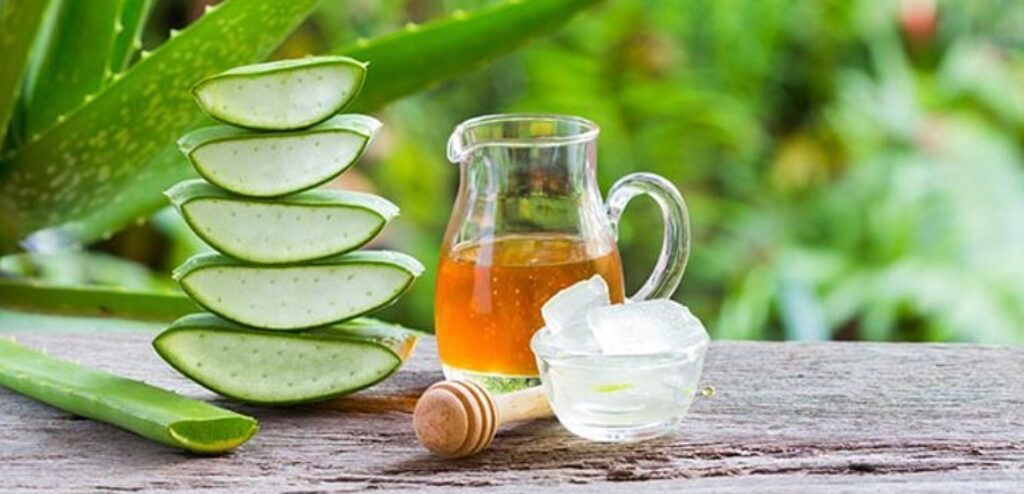
2. Aloe Vera and Honey:
Soothing and Antibacterial Properties. The combination of aloe vera and honey provides a soothing and antibacterial treatment for acne:
- Mix equal parts of aloe Vera gel and raw honey.
- Apply the mixture to the affected areas of the skin.
- Honey has natural antibacterial properties that can help fight acne-causing bacteria, while aloe vera soothes and moisturizes the skin.
- Leave the mixture on for 15-20 minutes before rinsing off with lukewarm water.
- Use this combination once or twice a week to promote healing and nourish the skin.
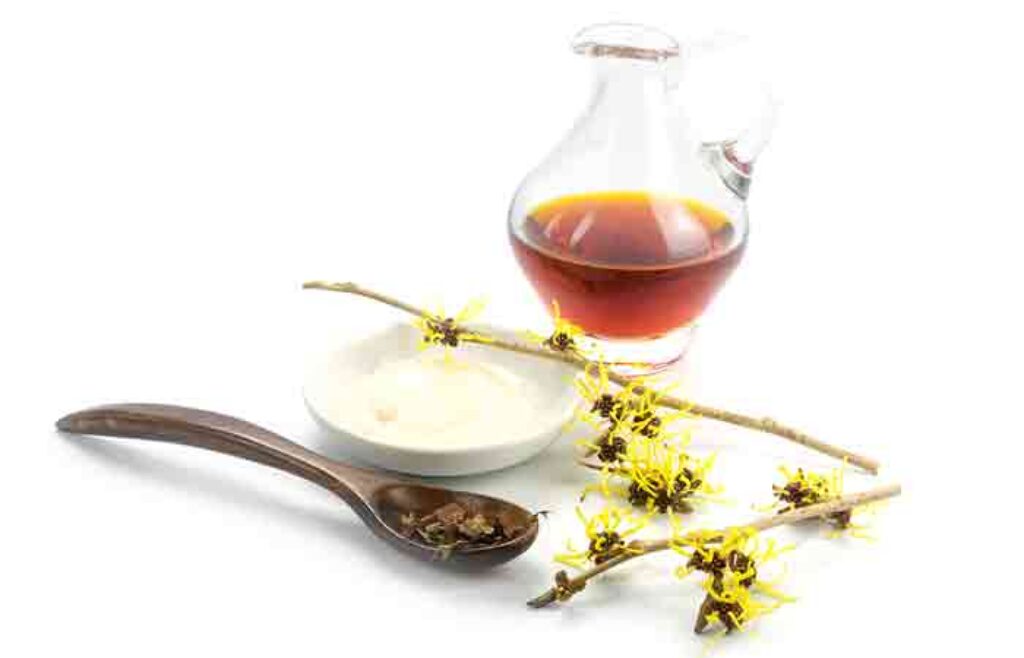
3. Aloe Vera and Witch Hazel:
Reducing Inflammation and Redness Combining aloe vera with witch hazel creates a powerful duo for reducing inflammation and redness:
- Mix equal parts of aloe vera gel and alcohol-free witch hazel.Apply the mixture to the affected areas using a cotton pad.
- Witch hazel has anti-inflammatory properties that can help reduce swelling and redness, while aloe vera provides soothing and moisturizing benefits.
- Use this combination as a toner after cleansing the face, morning and evening.
- Follow with a moisturizer suitable for acne-prone skin.
4. Aloe Vera and Turmeric: Your Acne Warrior
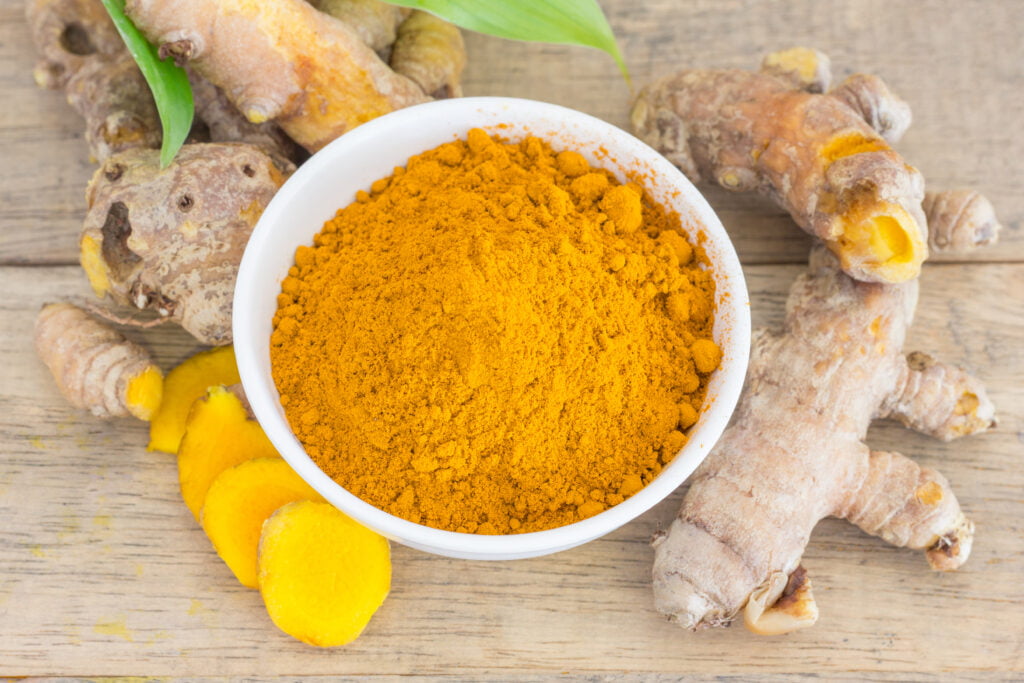
Turmeric is a natural anti-inflammatory agent that complements Aloe Vera’s healing properties exceptionally well.
- In a bowl, mix 1 tablespoon of Aloe Vera gel, 1 tablespoon of Turmeric powder, and ½ tablespoon of Honey until well combined.
- Apply the paste gently on the areas of your skin you want to lighten or on affected areas, using a gentle massage.
- Leave the pack on for 20 minutes.
- Afterward, wash off with cool water.
5. Aloe Vera and Cucumber: Soothe the Skin
For those with sensitive or inflamed acne-prone skin, Aloe Vera and cucumber make an excellent combination.
- In a clean bowl, combine 2 tablespoons of Aloe Vera gel with 2 tablespoons of cucumber puree.
- Add 1 teaspoon of honey to the mixture.
- Mix the ingredients thoroughly until you get a smooth and consistent paste.
- Relax and let the pack sit on your face for about 15 to 20 minutes.
- After the specified time, rinse off the face pack with cool water.
6. Aloe Vera and Lemon: Nature’s Clarifying Agent
Lemon is a natural astringent that aids in clarifying the skin and reducing excess oil production. When mixed with Aloe Vera gel, it forms a powerful toner that helps control acne and balances the skin’s pH levels.
- In a clean bowl, combine 2 tablespoons of Aloe Vera gel
- 1 teaspoon of freshly squeezed lemon juice.
- Mix the ingredients well to ensure they are evenly blended.
- Let the face pack sit on your skin for about 10-15 minutes.
- Rinse off the face pack thoroughly with cool water.
Aloe Vera as Part of a Holistic Acne Treatment Regimen
Dietary Considerations and the Impact on Acne Dietary choices can play a role in managing acne. Consider the following factors:
Balanced Diet: Maintain a balanced diet rich in fruits, vegetables, whole grains, and lean proteins. These provide essential nutrients for healthy skin.
Hydration: Drink an adequate amount of water to keep the skin hydrated and help flush out toxins.
Avoid Trigger Foods: Some individuals may find that certain foods, such as dairy, high-glycemic index foods, or processed foods, can worsen acne. Monitor your diet and identify any potential trigger foods.
Omega-3 Fatty Acids: Include foods rich in omega-3 fatty acids, such as fatty fish, flaxseeds, and walnuts, which have anti-inflammatory properties that may benefit acne-prone skin.
Lifestyle Changes for Preventing Acne Breakouts
In addition to aloe Vera, certain lifestyle changes can help prevent acne breakouts:
Regular Cleansing: Cleanse your face twice daily using a gentle cleanser to remove dirt, oil, and impurities.
Hands Off: Avoid touching your face with unwashed hands, as it can transfer bacteria and increase the risk of breakouts.
Gentle Exfoliation: Exfoliate once or twice a week to remove dead skin cells and unclog pores. Choose gentle exfoliants suitable for acne-prone skin.
Regular Exercise: Engage in regular physical activity to promote blood circulation and reduce stress, which can contribute to acne.
Stress Management: Practice stress management techniques, such as meditation, deep breathing, or engaging in hobbies, as stress can trigger acne flare-ups.
Incorporating Aloe Vera into a Skincare Routine for Long-Term Benefits
Aloe Vera can be a valuable addition to a skincare routine for long-term acne management:
Cleansing: Use aloe Vera gel as a cleanser or mix it with a gentle cleanser to remove impurities while soothing the skin.
Toning: Apply an aloe Vera-based toner to balance the skin’s pH, reduce inflammation, and provide hydration.
Treatment: Apply aloe Vera gel or combine it with other natural ingredients to target specific acne concerns, such as inflammation, redness, or bacterial control.
Moisturizing: Use aloe Vera gel as a lightweight moisturizer to hydrate the skin without clogging pores.
Sun Protection: Apply a broad-spectrum sunscreen with at least SPF 30 after applying aloe vera gel during the day to protect the skin from UV damage.
Frequently Asked Questions
A. Can Aloe Vera Cause Skin Irritation or Allergies?
While aloe Vera is generally well-tolerated, some individuals may experience skin irritation or allergies. It is recommended to perform a patch test on a small area of skin before using aloe vera on larger areas. If any redness, itching, or irritation occurs, discontinue use.
B. Is Aloe Vera Safe to Use During Pregnancy?
Aloe vera is considered safe for topical use during pregnancy. However, it is advisable to consult with a healthcare professional before using any new products, including aloe vera, to ensure individual safety and address any specific concerns.
C. How Long Does It Take to See Results with Aloe Vera?
The time it takes to see results with aloe vera for acne can vary depending on individual factors and the severity of the acne. Consistent use is important, and it may take several weeks to notice improvements in acne symptoms. Patience and regular application are key to seeing desired results.
D. Can Aloe Vera Be Used Alongside Acne Medications?
Aloe vera can generally be used alongside acne medications. However, it is advisable to consult with a healthcare professional or dermatologist before combining different treatments to ensure compatibility and effectiveness. They can provide personalized guidance based on individual circumstances.
E. Are There Any Side Effects of Using Aloe Vera for Acne?
Aloe Vera is generally considered safe for topical use. However, some individuals may experience mild side effects, such as a temporary tingling sensation, dryness, or a slight tightening of the skin. These side effects are typically mild and subside on their own. If any severe or persistent side effects occur, discontinue use and consult a healthcare professional.
Conclusion
In this comprehensive guide, we have explored the incredible potential of aloe vera as a natural remedy for acne. From understanding the science behind its effectiveness to learning about different preparations and complementary ingredients, we have covered everything you need to know to effectively use aloe vera for acne treatment. By incorporating aloe vera into a holistic acne regimen, you can experience its soothing, antibacterial, and anti-inflammatory properties for clearer and healthier skin




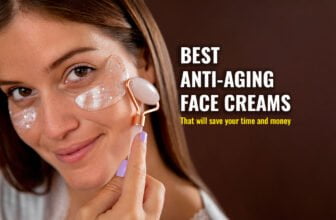
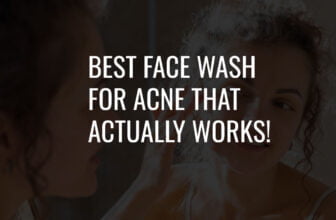







[…] How to Use Aloe Vera For Acne: 5 Ways To Use Aloe Vera For Acne […]
[…] How to Use Aloe Vera For Acne: 5 Ways To Use Aloe Vera For Acne […]
[…] How to Use Aloe Vera For Acne: 5 Ways To Use Aloe Vera For Acne […]
[…] How to Use Aloe Vera For Acne: 5 Ways To Use Aloe Vera For Acne […]
[…] How to Use Aloe Vera For Acne: 5 Ways To Use Aloe Vera For Acne […]
[…] How to Use Aloe Vera For Acne: 5 Ways To Use Aloe Vera For Acne […]